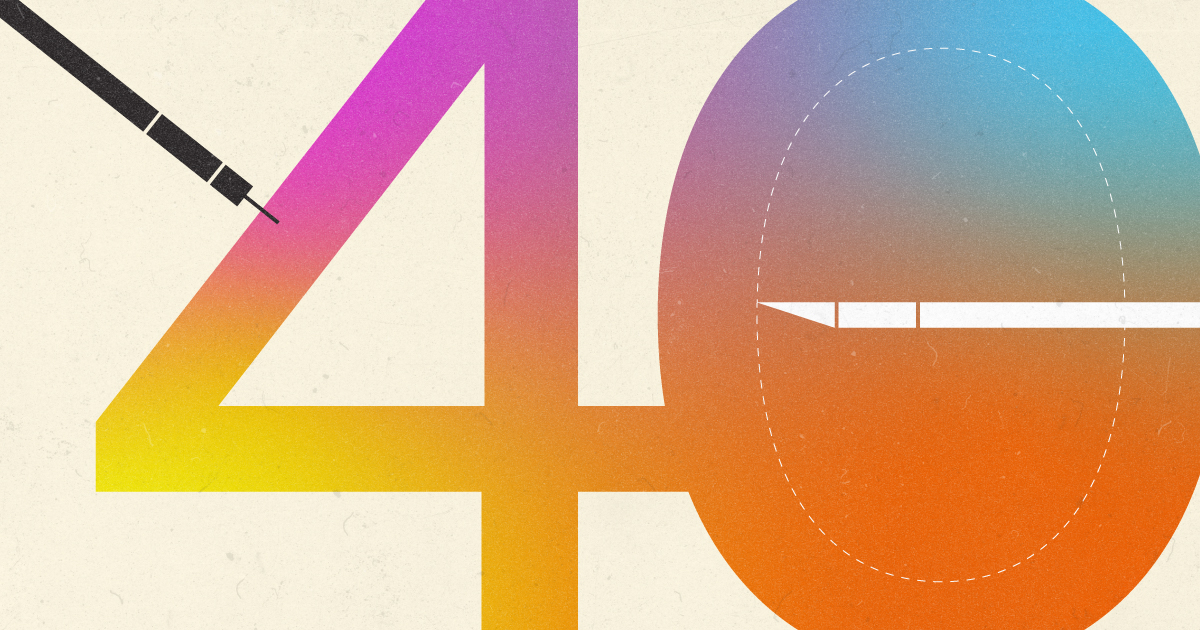Four Decades in Design: Why It Matters Now More Than Ever
06.25.25 · Sonia Greteman
When I stepped into this industry four decades ago, we laid out designs by hand, typeset headlines with X-Acto knives, and waited anxiously by fax machines. Much has changed, but one truth has endured: design matters. Not in a superficial, make-it-pretty way—but as a strategic, human-centered tool that shapes perception, behavior, and connection.
After 40 years of living and breathing visual communication, I’ve come to believe this: design is not decoration. It’s decision-making, problem-solving, and empathy made visible.
Design Builds Trust
In a world saturated with noise and a plethora of really ugly stuff, people gravitate to clarity. Clean design signals care. It tells your audience: we’ve thought this through for you. Whether it’s a website, a brand identity, or a safety manual—when it’s designed well, it earns trust. And trust is currency in today’s economy.
Design Cuts Through the Clutter
In 1985, we worried about a competitor’s billboard down the highway. Today, your brand competes with thousands of digital impressions before breakfast. Good design helps your message cut through the chaos and land with impact. It’s the difference between being noticed—or being ignored.
Design Drives Business
From startups to legacy brands, I’ve seen how thoughtful design can transform a business. It attracts investment, galvanizes teams, and builds customer loyalty. When design is aligned with strategy, it stops being an expense—and becomes an engine of growth.
Design Reflects Culture and Shapes It
Design doesn’t exist in a vacuum. It evolves with the times, responds to trends, and often sets them. Over the years, I’ve watched it shift from glossy perfection to gritty authenticity; from static print to interactive experience. Good designers read the moment and respond in kind. Great designers help define what comes next.
Design is Human
At its best, design transcends tools and trends. It’s about people—understanding them, inspiring them, solving for them. After 40 years, I can still say: the best part of my job isn’t the awards or the campaigns. It’s the moment a piece of design resonates with someone, creates connection, or sparks action.
Simplicity is the Ultimate Sophistication
In our look-at-me, bling-obsessed world, simplicity is king. A clean, well-organized layout with good contrast, easy-to-read type, witty but short copy, and craftsmanship demonstrates good design. Please don’t bombard me with flashing type, annoying color, or hard to read fonts. Leave the drop shadows and balloon type in the sixties, unless it is a Woodstock revival concert.
The Art of Dominance and Relief
Hook me with something that stops me in my tracks, catches my eye, surprises me, makes me chuckle, or makes me fume. The rest of the layout serves as the design relief. Support your headline or visual with your unique value proposition and tell me what you want me to do. Follow up. It’s really that simple, but amateurs try to do more.
The Takeaway:
Face it, there is a lot of ugly, over-designed, obnoxious stuff out there screaming for your attention. Ever notice how the quiet, elegant, well-designed brand often speaks louder? Quality, attention to detail, craftsmanship, and simplicity all capture my eye. Design isn’t just what we see—it’s how we feel, decide, and engage. As a creative director who has spent a lifetime immersed in this craft, I believe design is more essential than ever. Not because of how the world has changed, but because of what hasn’t: our need for meaning, clarity, and beauty in the way we communicate.
So invest in design. Respect it. Push it. And above all—make it matter.
